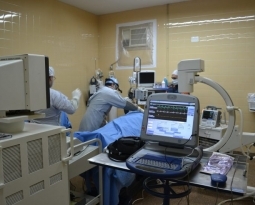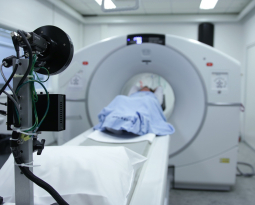Maine Patent of the Month – March 2022
Every time you turn to your phone or computer to look something up, watch something, browse something, or discover something, you are engaging in what is known as a “micro-moment”. These are growing in frequency as we turn more and more reflexively to our smart devices to guide us. Rich with intent, these moments influence our decisions and our preferences.
These micro-moments are supported by an increasing visual immersion and engagement that convinces users to stay and interact longer. That’s why you’ll notice algorithms moving towards videos and images. These are known to be more immersive and engaging to the average user.
CodeWeaving, Inc. has designed a holistic visual image interactivity engine to support this immersive experience. The engine is programmed to retrieve image filters along with their associated images and data to send to the graphic user interface (GUI). The filter formats can be used to emphasize or deemphasize shapes or objects in the image in order to enhance the interactivity and engagement.
The engine is designed with influence from Gestalt psychology to break apart pieces of a single image and view them as whole pieces which make up the larger image. However, their engine takes it a step further than the Gestalt school of perception and associate the subliminal awareness and mental associations of non-local relationships within the image. This means the engine applies context and Gestalt psychology to create a holistic approach.
The engine then isolates image shapes within an image, binding those shapes to multiple holistic relationships with displayable information. This creates augmented images the user can easily interact with by clicking or tapping. This could be used to increase interactivity between images and a user. For instance, certain shapes within the image could be marked as clickable so that, when clicked, it guides the user towards new information.
Are you developing new technology for an existing application? Did you know your development work could be eligible for the R&D Tax Credit and you can receive up to 14% back on your expenses? Even if your development isn’t successful your work may still qualify for R&D credits (i.e. you don’t need to have a patent to qualify). To find out more, please contact a Swanson Reed R&D Specialist today or check out our free online eligibility test.
Who We Are:
Swanson Reed is one of the U.S.’ largest Specialist R&D tax advisory firms. We manage all facets of the R&D tax credit program, from claim preparation and audit compliance to claim disputes.
Swanson Reed regularly hosts free webinars and provides free IRS CE and CPE credits for CPAs. For more information please visit us at www.swansonreed.com/webinars or contact your usual Swanson Reed representative.

















